Beyond the 10-Key #1: Analyzing That Profit & Loss Statement
Using AI to review a P&L and improve client financials is easier than ever before.
Welcome to Beyond the 10-Key, a regular article discussing powerful and unique ways to utilize AI in the tax, accounting, and financial services industry. With the influx of new AI-based platforms and the ease at which these tools can be used, hardly a day goes by where a typical conversation doesn’t migrate to how AI can improve our processes, client interactions, and more. However, this feels like a constant uphill battle for most small and mid-sized firms as the technology is constantly changing, costs continue to rise, inaccuracies abound, and concerns over data privacy and ownership linger.
Beyond the 10-Key was created to reduce these concerns and worries for firm-owners and their staff. Each article, we will discuss how to design and implement these concepts, but also how to operationalize AI into your firm. All without compromise your firm’s identity and brand.
But I Don’t Need Another Person Talking About Ethics or Writing Funny E-Mails
Good! That isn’t what this is. Yes, we do need to talk about ethics and we will include ethical and proper uses in our discussions as one factor. But, we will include platform discussions and comparisons. We will include prompt engineering and design. And we hope that subscribers will join in with suggestions and tweaks to improve the total discussion.
But more so, we hope to bring powerful use cases and examples you can use in your firm. Examples and ideas that you can use to improve your firm and drive client engagement while also improving internal efficiencies.
Let’s dive in…
Topic: Analyzing That Profit & Loss Statement
I work with a lot of business. Like a lot. And there are two scenarios that arise with each business I chat with:
Confirmation of accuracy (or honesty). There are a lot of our clients who do their own books and we like to think they do their bookkeeping accurately, but we like to perform a deeper, comparative analysis on their Profit & Loss Statement to confirm accuracy. Additionally, this review we conduct is also a way to highlight any potential areas for fraud or dishonesty on the clients’ side, which would be an immediate disengagement.
Opportunity and risk analysis. The most common question we get from most business owners is, “How am I doing? How am I comparing against other X companies?” They want our feedback and guidance on how their business is doing and if they are better/worse/comparable to other businesses in the same industry? More so, they want to know if there are areas they could improve.
Two decades ago, minus the data-analysis capabilities we have today, this was a “gut” or experience-based conversation. Then several years ago, we were able to perform basic calculations using rudimentary tools or, with proper disclosures, comparable client data. Now, this is packaged in a collection of services labelled advisory services.
This basic, automated process leveraging AI is now included in all of our business, farming, and rental-inclusive returns. It allows us the opportunity to introduce advisory discussions and open the door to that higher-level engagement.
Since we have elected to automate this, ease of deployment was more critical than anything. Here is how we perform a basic analysis…
The Basic Process
To minimize effort, but increase impact, we utilize OpenAI’s ChatGPT’s API; however, you can perform the exact same analysis using the standard interface in ChatGPT, Gemini, CoPilot, or any of the dozens of other tools. No matter the tool or platform, the process is pretty much the same:
Redact the P&L by removing the company name or any other identifying information. (In a future, we will discuss security, data privacy, and how to cleanse documents prior to upload.)
Based upon the industry in which the company would be considered, we locate the NAICS code (North American Industry Classification System) for that industry. We use this classification due to the large collection of data they already have by industry.
Upload the P&L with a prompt similar to the following. Note that the prompt will shift by platform and as new or different version are released. You should tweak and adjust to your needs.
Assuming the role of an experienced tax professional and accountant, you provide thorough analysis of financial documents. Based upon NAICS code 561730, please review the attached Profit & Loss Statement and provide the following: 1.) A one paragraph summary of the NAICS code and the activities of companies within that code industry. 2.) Typical expense categories listed on a company’s Profit & Loss Statement. Compare those categories with the categories in the attached P&L. 3.) An average percentage of income for each expense category. Compare those percentages to the respective percentages in the attached P&L. 4.) A two-paragraph summary comparing a typical business in this NAICS code against attached P&L. How likely is this business to be within this NAICS category? Are there typical expenses missing? Are there expenses on the P&L that are not in line with this NAICS industry? In line is considered within a 10% variance. 5.) For an expense category not in line, please draft a one paragraph explanation of risks that could result from this variance. Provide citations where possible. Please humanize all of your responses to a 10th grade level of comprehensive and speech. Additionally, think about your responses a second time prior to creation. Finally, if anything is unclear, please ask questions.
Given that we use an API, we format the returned response into a clean PDF for each client. You could simply modify the prompt to request the response in a formatted PDF. And, obviously, once we receive the response, we still review it for accuracy (but that is a conversation for another day).
Sample Output
While the output is comprehensive, it is also, quite long. Here are some sample outputs you may receive:
Reminder that the prompt is thinking a second time:
NAICS Summary
Typical Expense Ratios
Risk Note
This is just partial output, but you can see the evaluation is detailed and can provide significant insight.
What Would You Do?
We hope you enjoyed the first installment of Beyond the 10-Key. Now, we would love to hear your thoughts? How would you adjust the prompt for your needs? What scenarios would you use a P&L analysis?
Thanks so much!
Financial Guardians is the premiere provider of cybersecurity assistance, education, and support to the tax preparation, accounting, and financial services industry. With a network of several thousand firms and professionals, we are the largest source of unbiased security information in the industry. More information can be located at www.cybersecurity.tax.
Financial Guardians has partnered with NAEA to provide access to our monthly Guardian Tier membership at a 30% discount.
Active NAEA members can access the online discount here.
Financial Guardians is a proud member of InCite, the recently launched online community exclusively for tax professionals, bookkeepers, and accountants. InCite members receive a 30% discount.
Join today at www.incite.tax.
Financial Guardians has partnered with the California Society of Tax Consultants to provide a 30% access discount as well as many other offers. More info can be found at www.cstcsociety.org




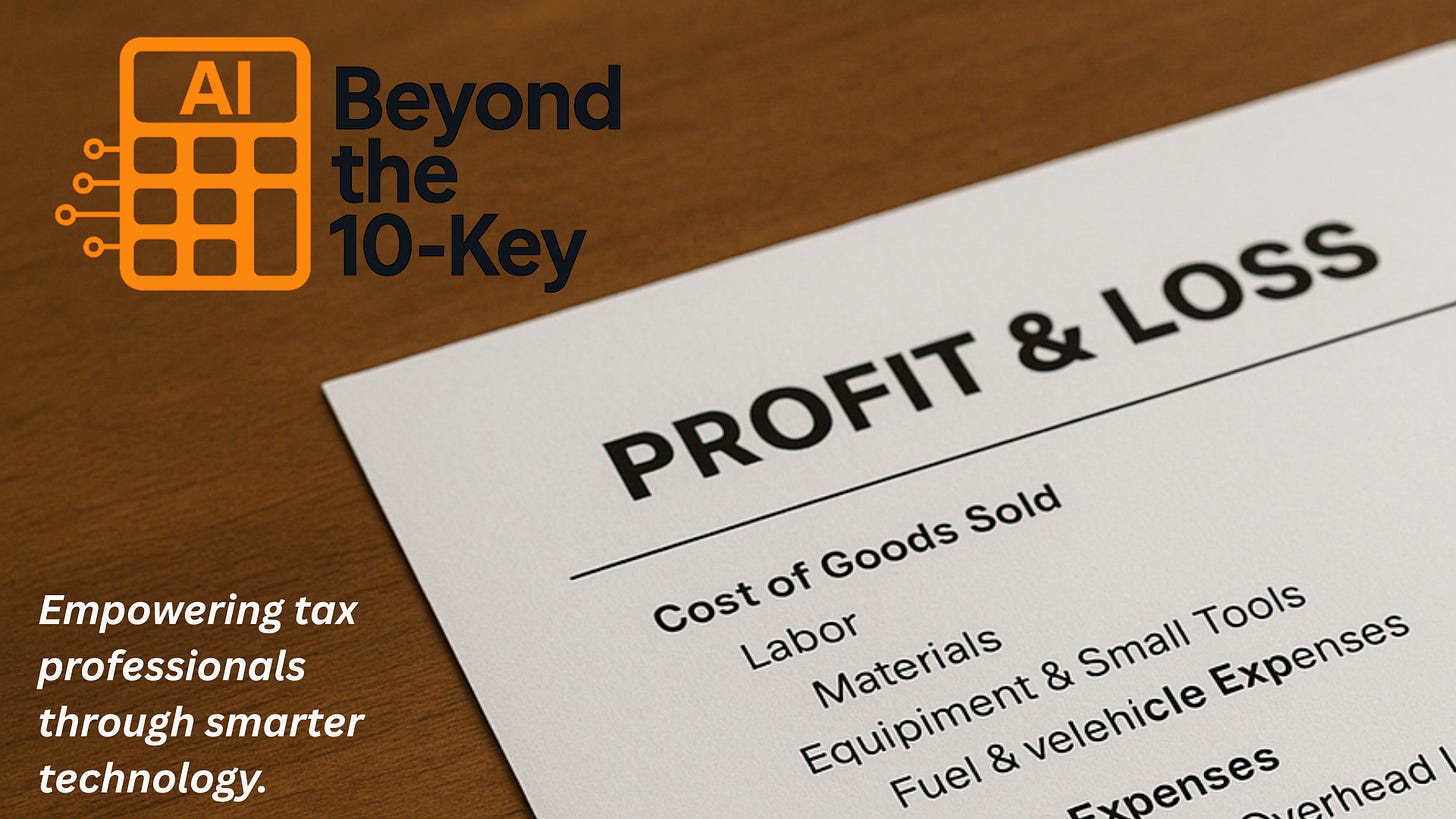

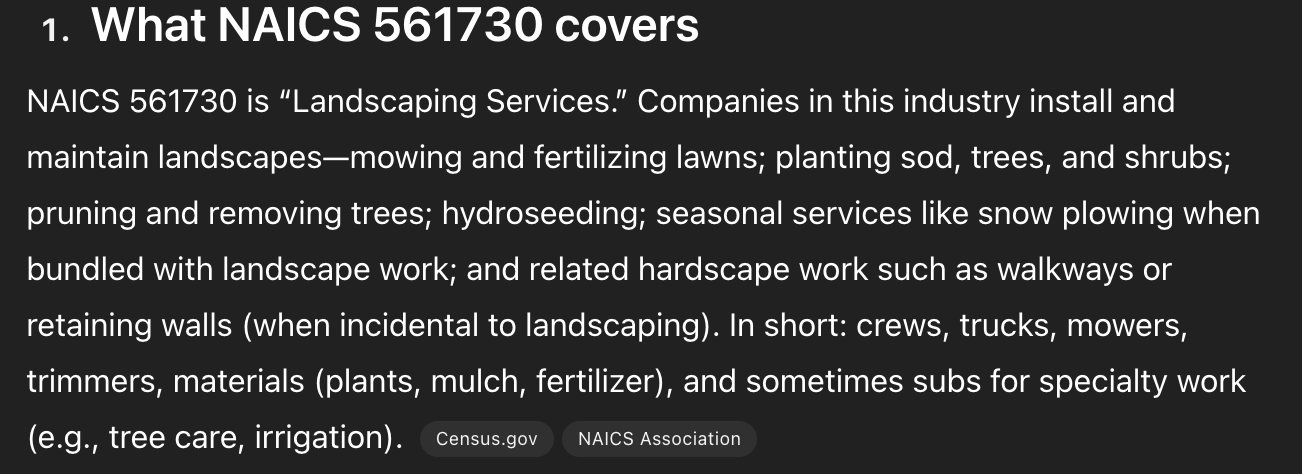
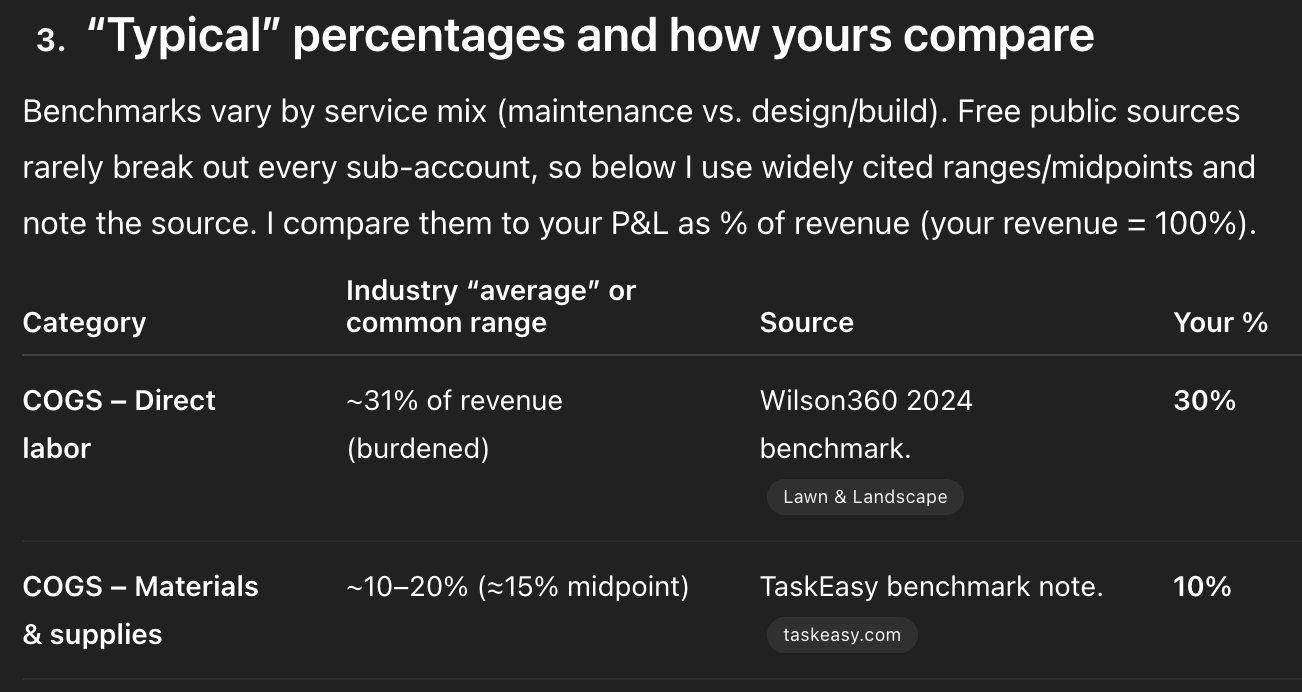
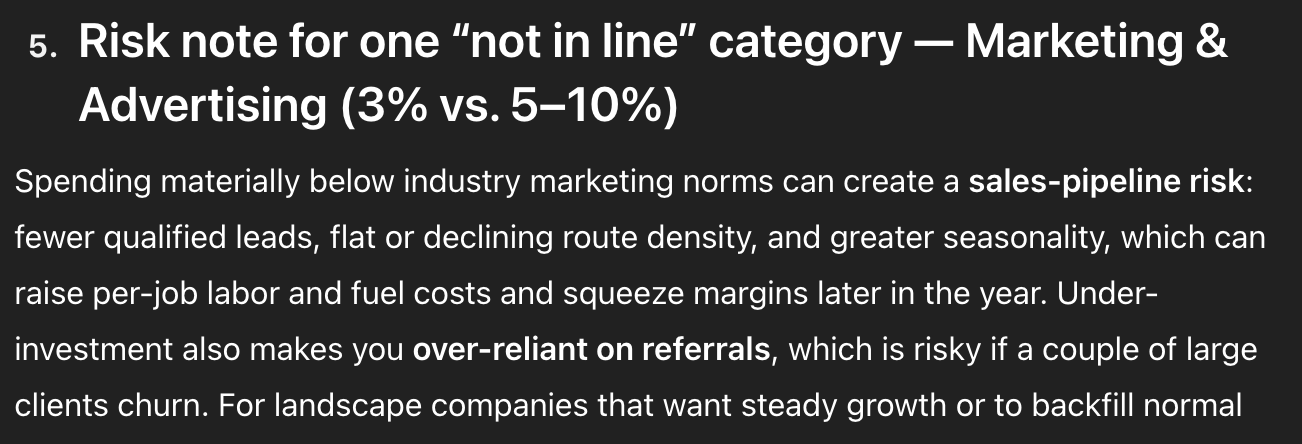
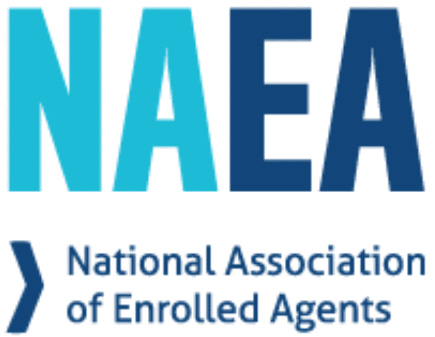


This is great and will be a very helpful series!